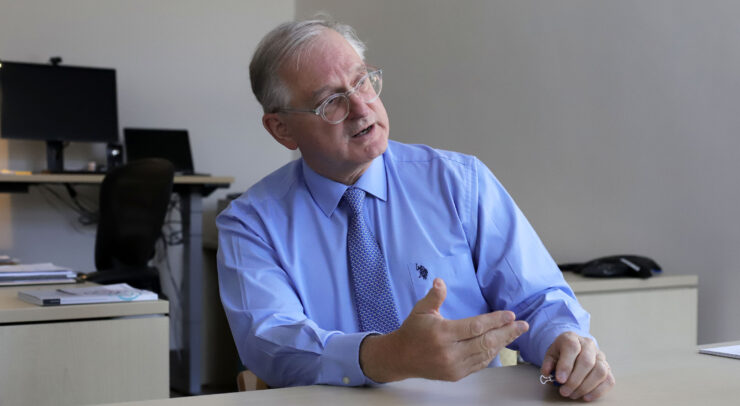School is one of the first places where children learn about and experience institutional racism.
On May 25, 2020, George Floyd was murdered by four cops in Minneapolis, MN, USA. The murder of George Floyd became a symbol for the years of violence Black Americans have suffered at the hands of police. Since Floyd’s death, millions of people have demanded that racial bigotry be extracted from important social institutions like the police and the health-care system.
Not long after Floyd’s murder, former president of the United States of America (USA), Barack Obama, wrote in a tweet: “We have to remember that for millions of Americans, being treated differently on account of race is tragically, painfully, maddeningly “normal.” He then wrote, “we must work together to create ‘a new normal’ in which the legacy of bigotry and unequal treatment no longer infects our institutions or our hearts.”
I agree with Obama’s statement. But when I read the word institution, my heart sinks. It seems like an insurmountable task to restructure all institutions to ensure that they do not discriminate against Black citizens. Obama’s statement seems more like a utopian ideal than it does an actionable plan.
But which institutions should Black Lives Matter supporters prioritize to dismantle systemic racism in the long-term? In my opinion, the education system as a whole is a great place to start.
From Sept. 9-10, a group called the Scholar Strike for Black Lives in Canada, organized a strike for professors. Over two days, scholars at universities left their regular teaching jobs to host online seminars about institutional racism in Canadian universities.
According to the strike group, “many of the Black, Indigenous and racialized academics who work in Canadian universities are precariously employed; hired on only part-time or short-term contracts.” This is among the many challenges the group is trying to surmount. For example, the group also aims to, “remove campus police” and expand mental health resources to all students.
The University of Ottawa’s provost and vice-president, Academic Affairs , Jill Scott, released a statement enoucraging scholars to participate in the strike: “The University of Ottawa is committed to combatting systemic racial injustice and discrimination in all its forms […] and recognizes the need for collective actions to raise awareness and create the conditions for positive change in our society”.
Though the movement to eliminate racism from Canadian academic institutions should also expand into elementary and secondary schools. The school system is one of the first places where children learn about and experience institutional racism.
Maya Spoken, a TEDx Speaker and poet, wrote about her experience as a black student in the Ottawa public school system. In one of her statements she says, “in middle school, there was a teacher locking students of colour who disobeyed her in what she called ‘the fishbowl’. During the winter, she would lock you in this outdoor sanctuary on the school property until she decided you could come back inside”.
She goes on to say, “I’m sure you can imagine that by the time we reached high school, many of [us] believed [we] were bad kids, or dumb kids.”
Spoken recently organized a petition entitled, “No Racism in Ottawa Education”, her goal is to: “[call on] the Ontario Ombudsman to open a public investigation into racism in Ottawa’s schools.”
Faculty at all educational institutions must understand how much influence they have over the social dynamics in classrooms. Even if students might learn racist ideas from their parents or through the media, teachers can influence how students perceive and treat peers of different races and cultures.
At all levels of education, it is a teacher’s responsibility to ensure that classrooms are hospitable environments for students of all backgrounds. It is also important that children internalize these ideals because they will grow up to become members of other institutions.
The University of Ottawa has a long way to go in terms of supporting black and indigenous students. And it is heartening to see that the university is taking this protest seriously. So now, my hope and expectation from the university, is that the values of the Black Lives Matter movement are actually integrated into the school’s policies and structure.





